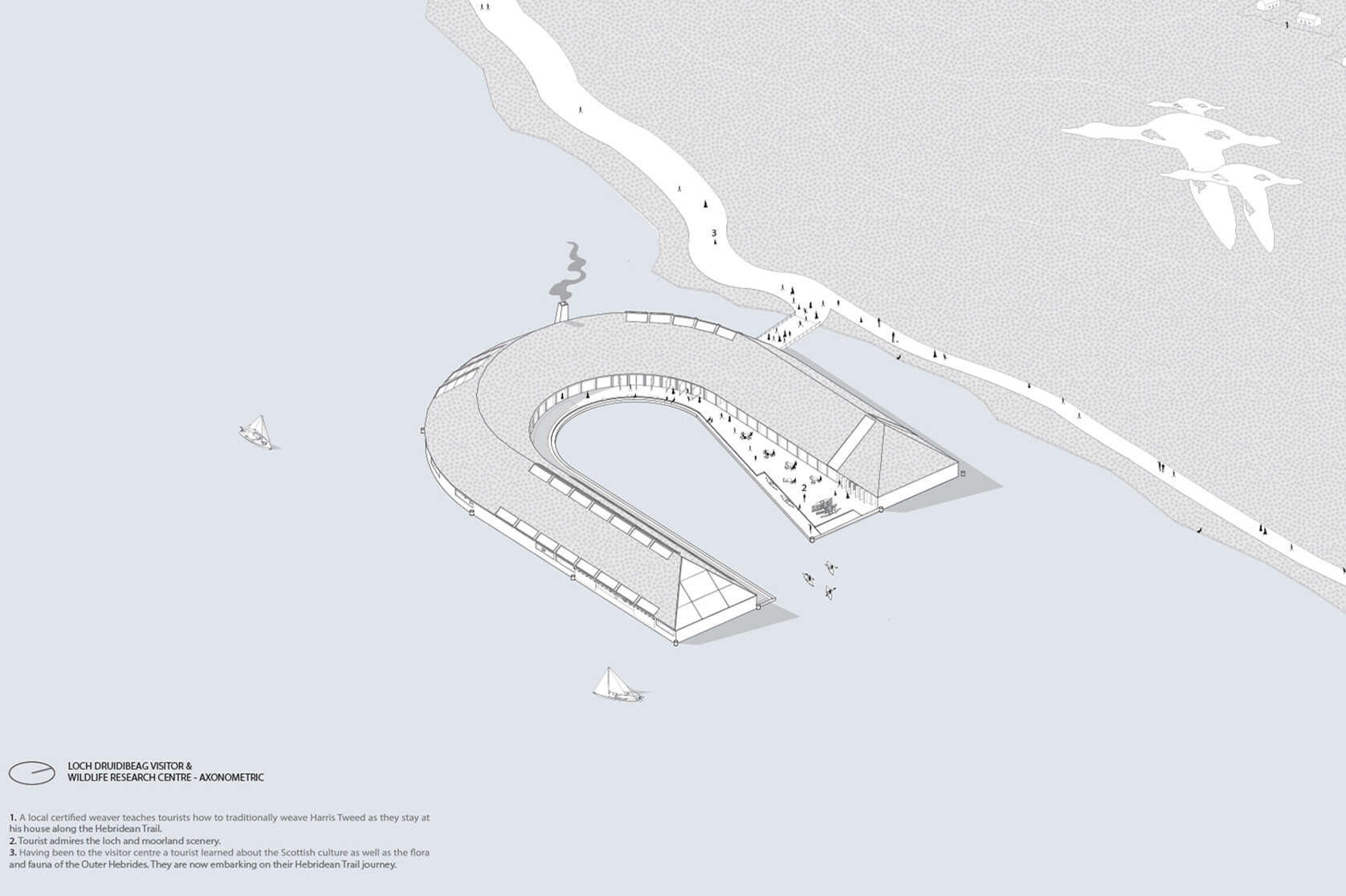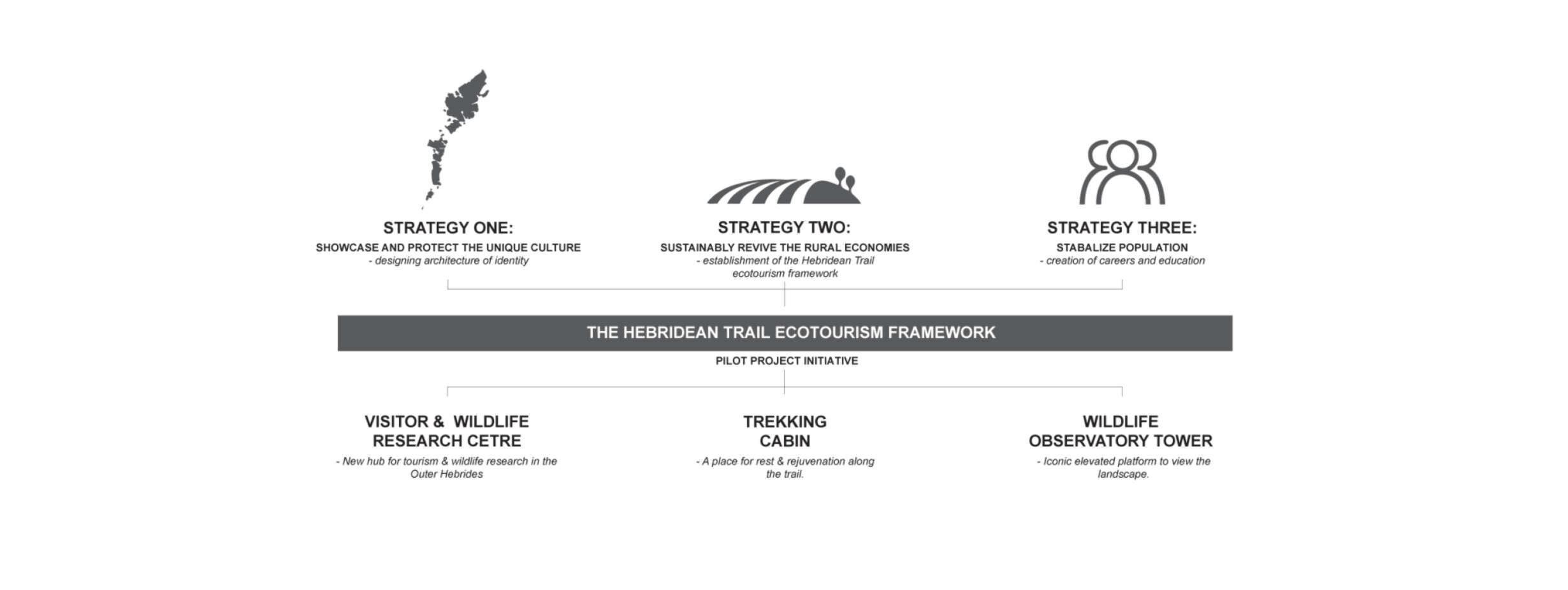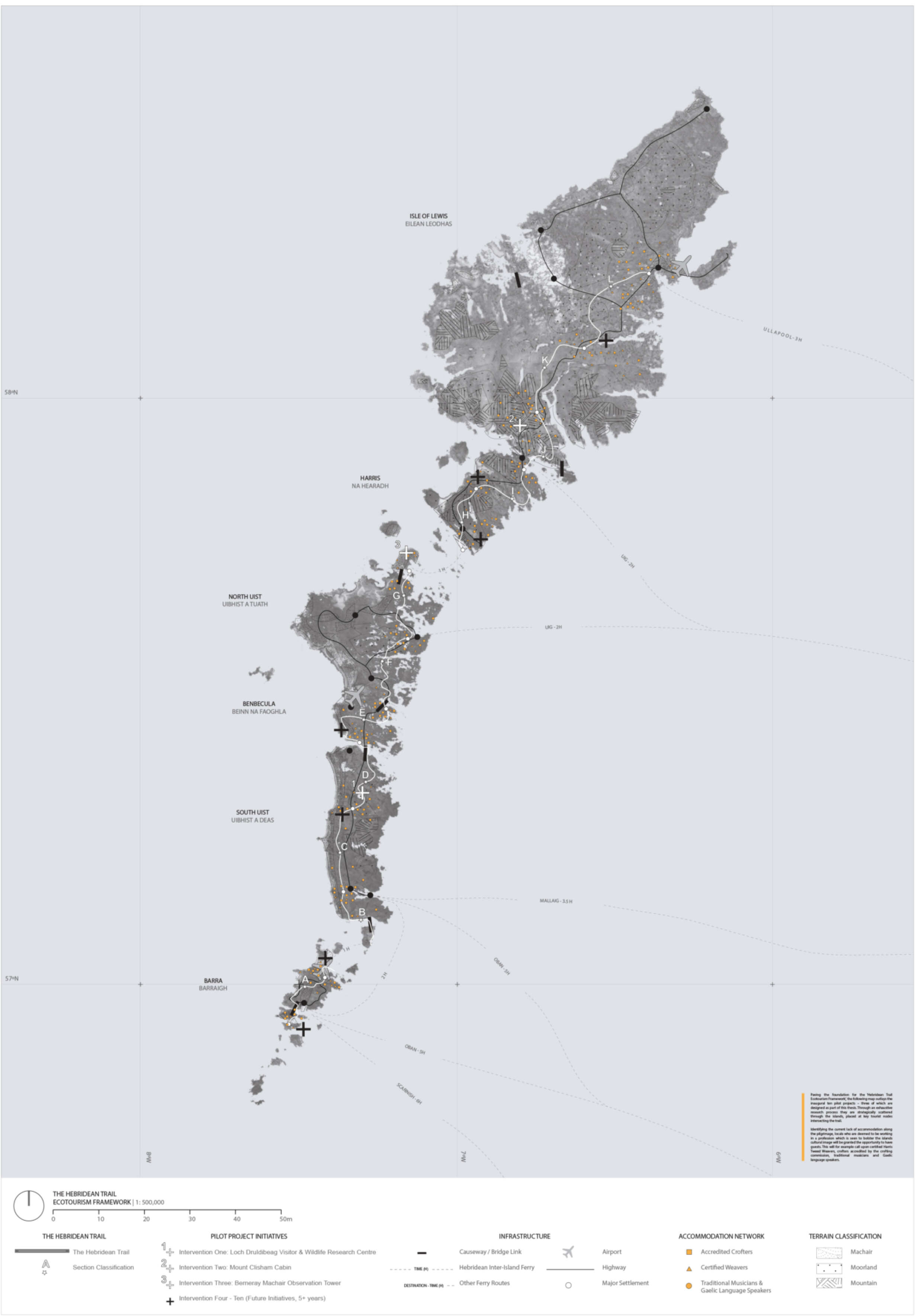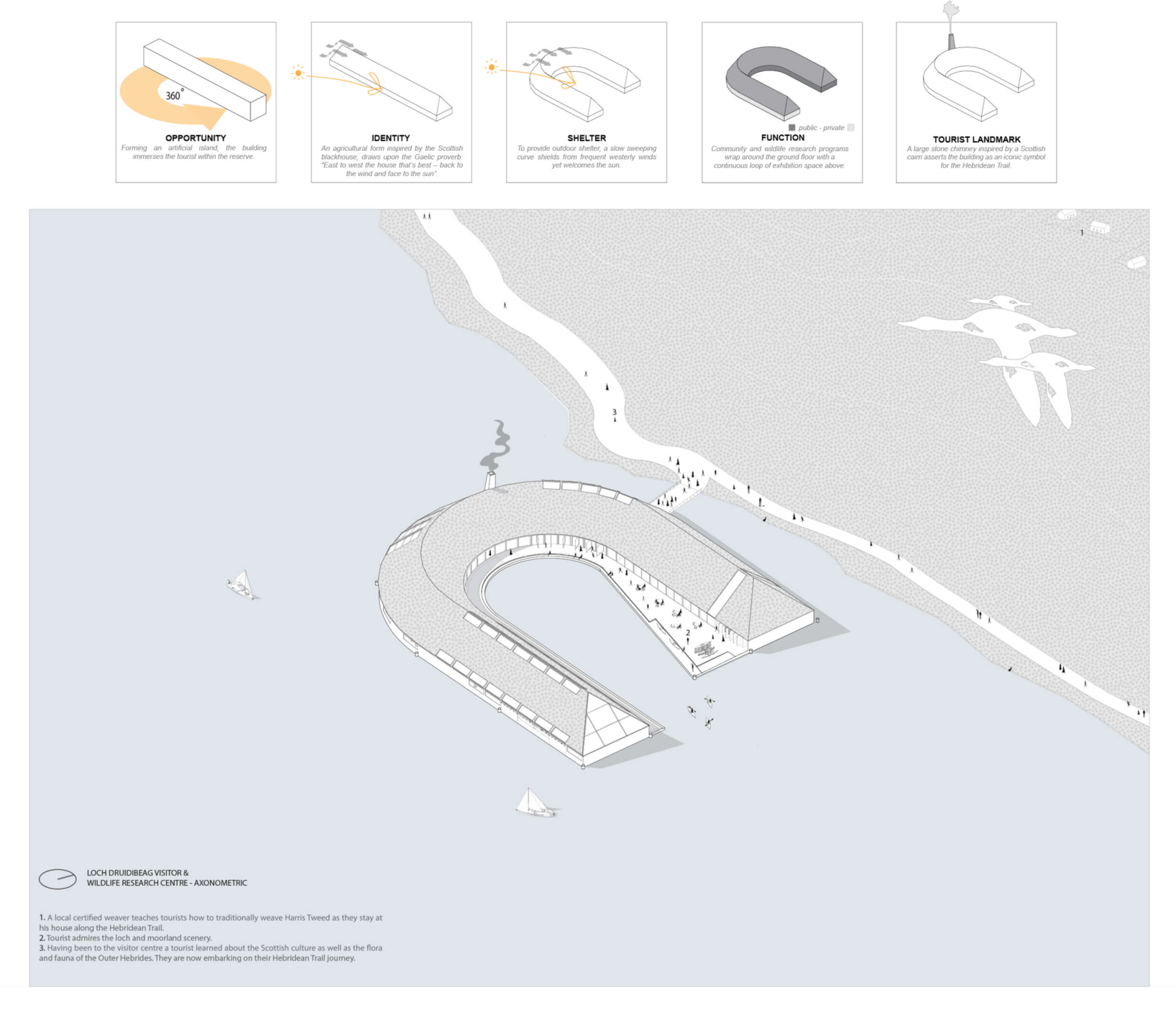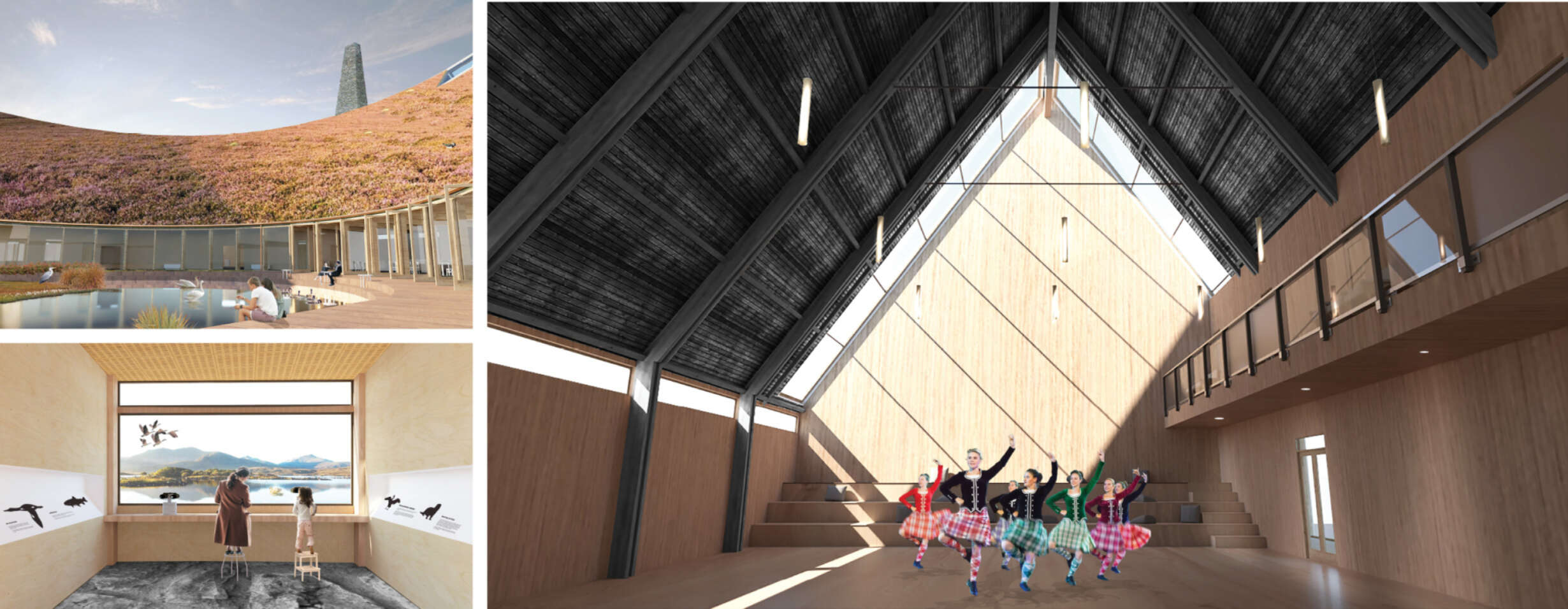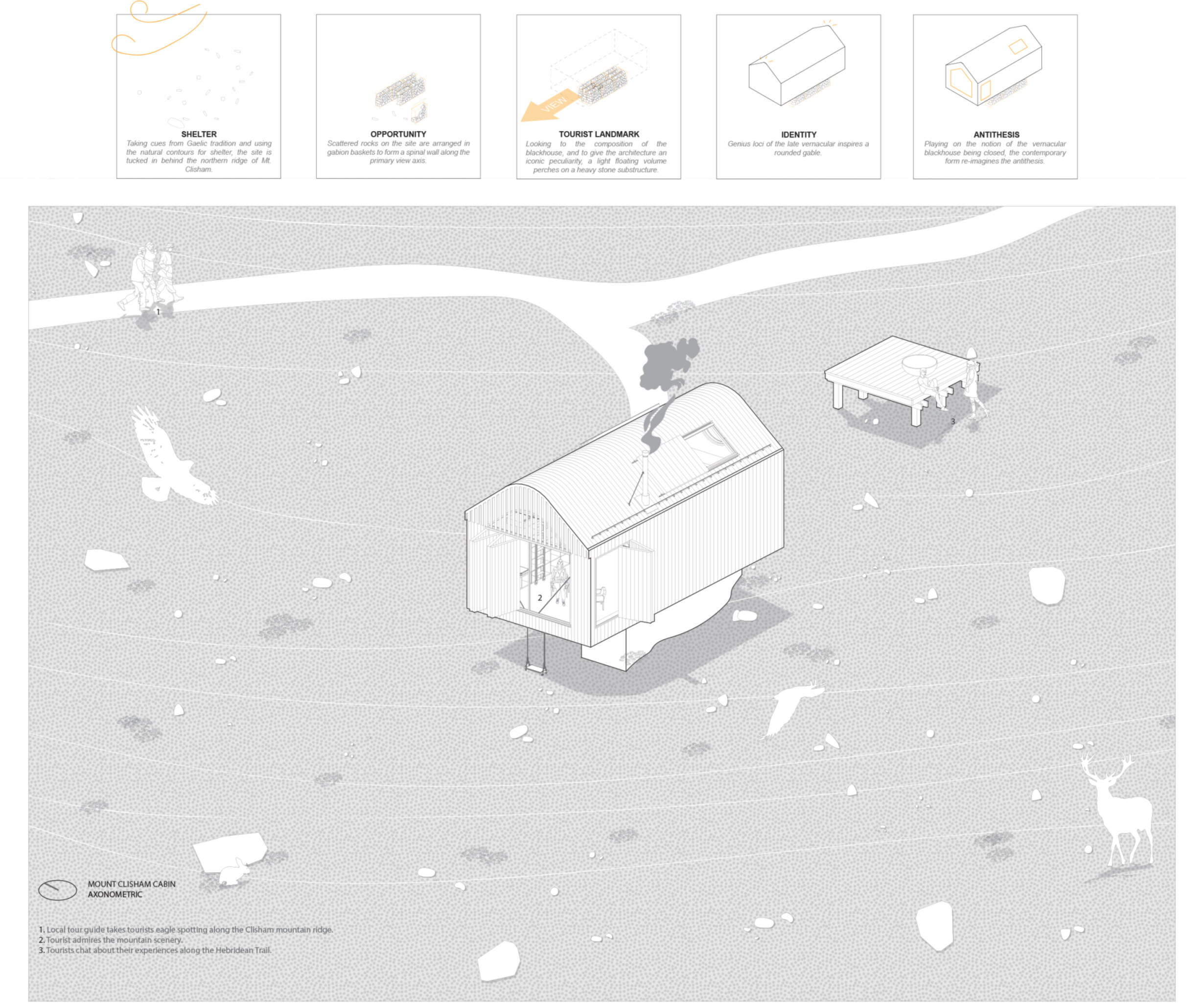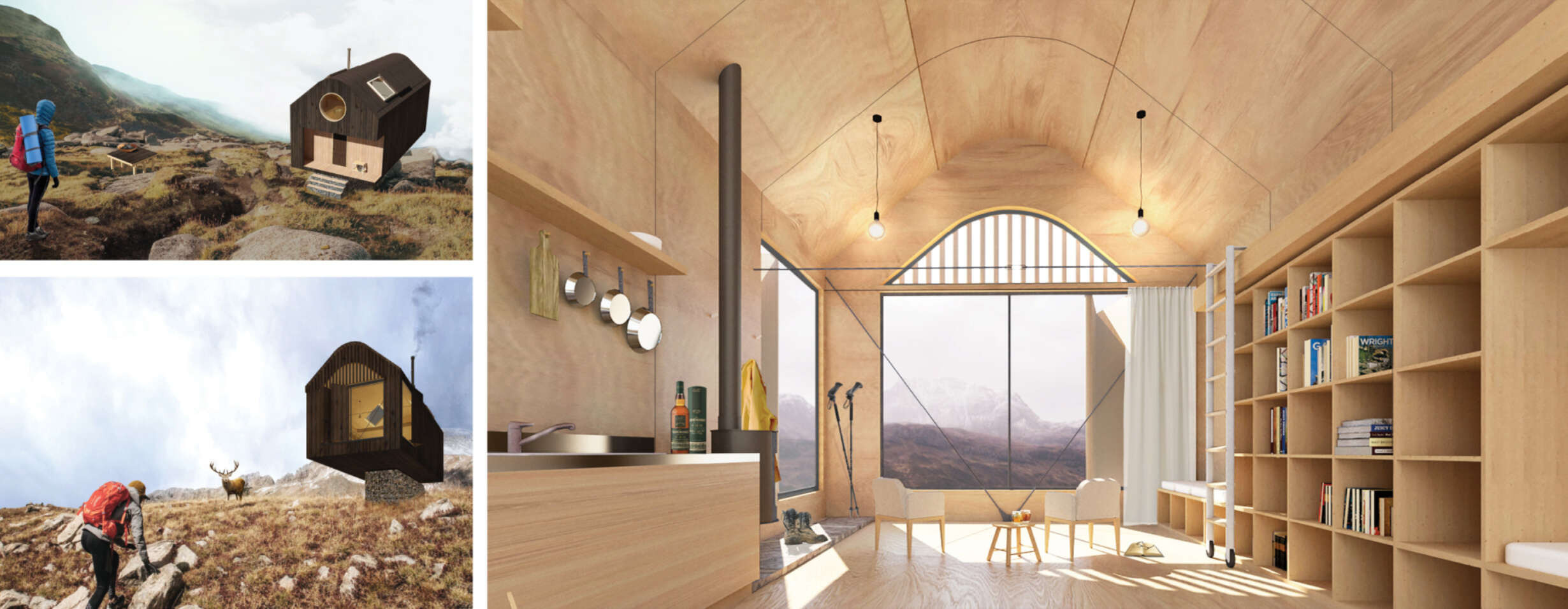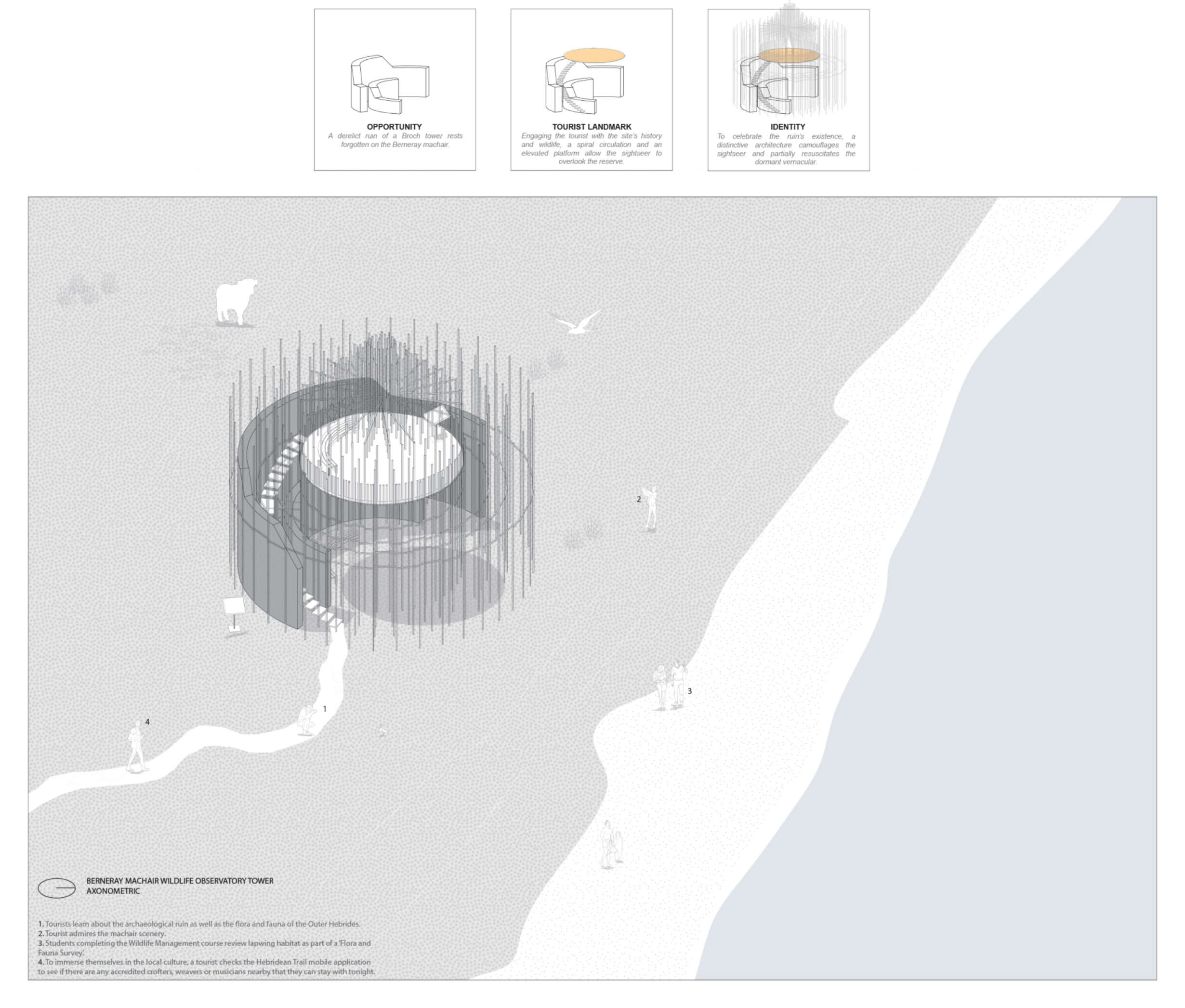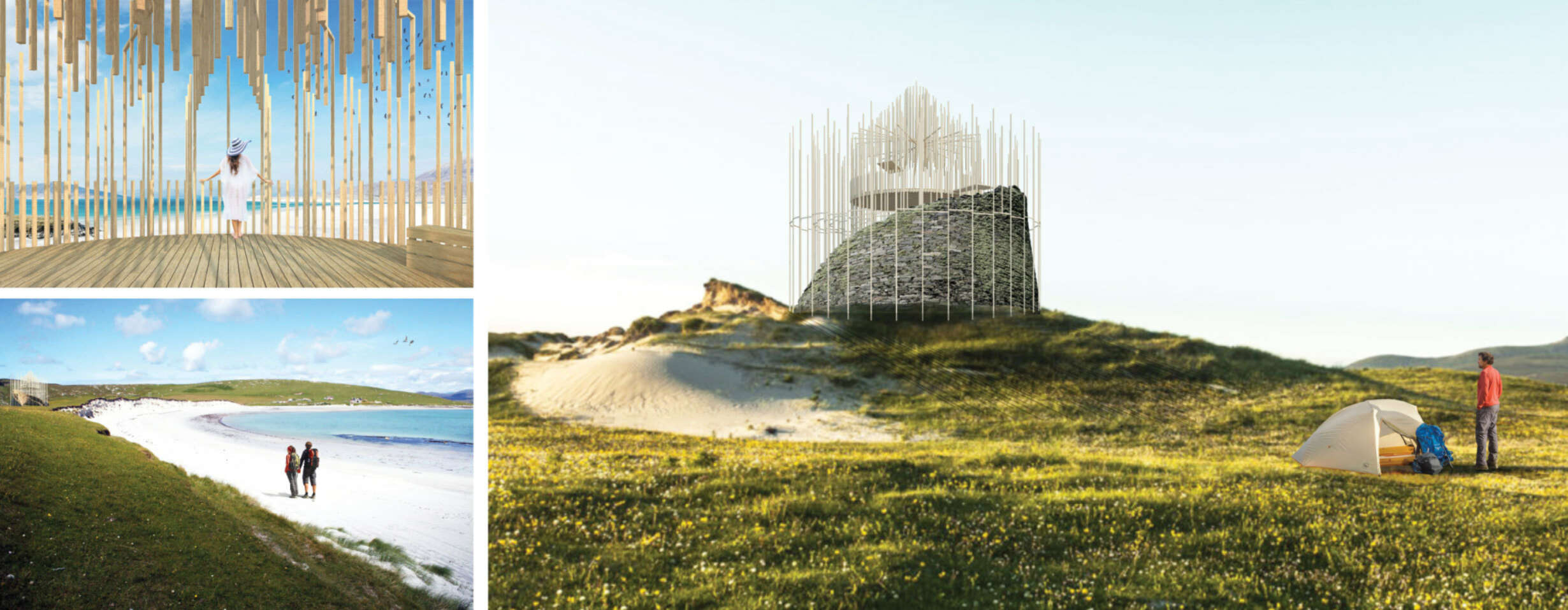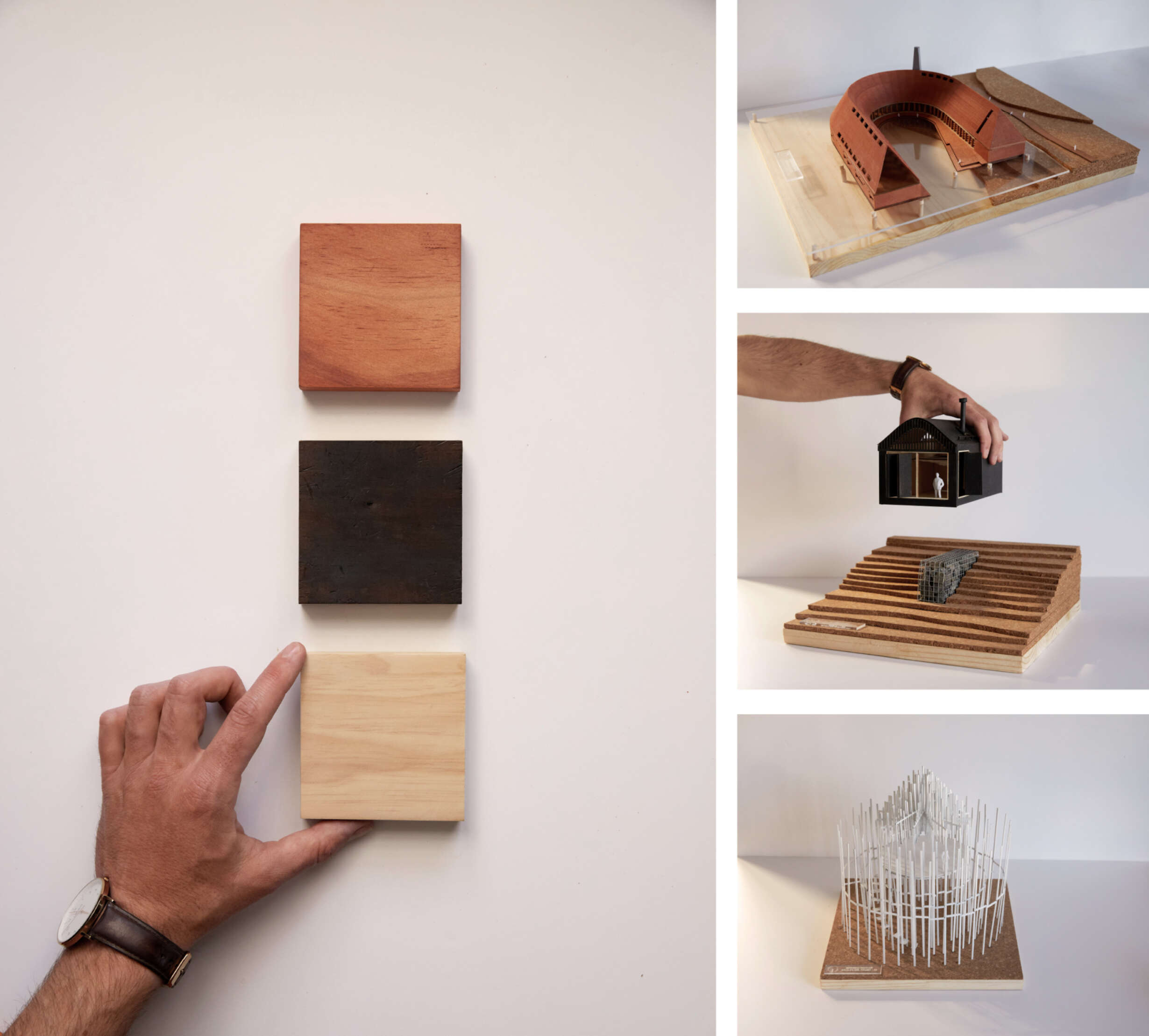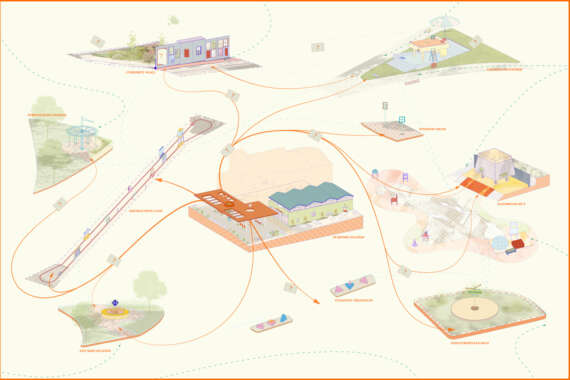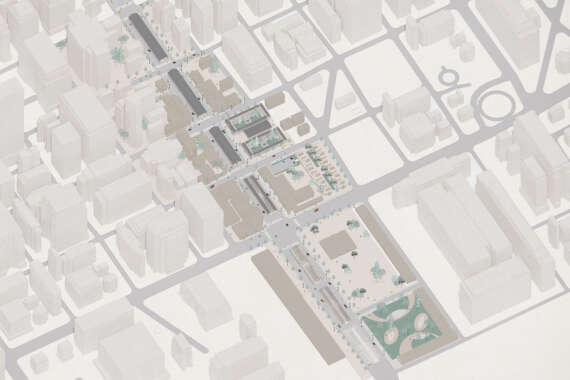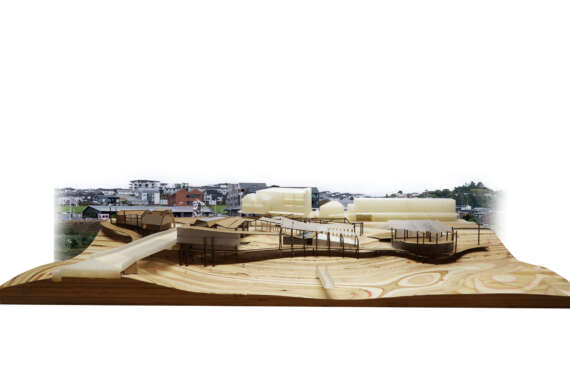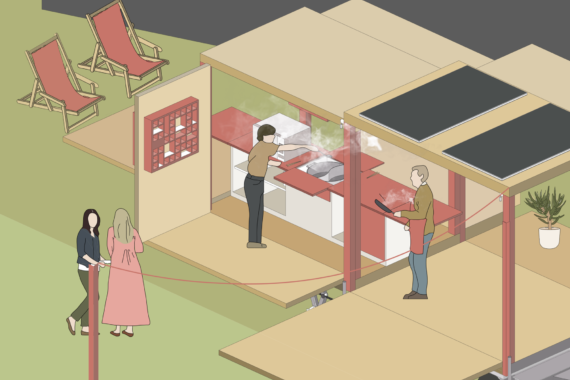Final Product
Establishing the ‘Hebridean Trail Ecotourism Framework’, the thesis not only provides an architectural solution but also outlines a holistic strategy for future development. Criticising the sustainability of global tourism as well as the placelessness and homogeny of the international style, critical regionalism is used as a methodology for the design process, and the theory of ecotourism governs a contextual framework for the project to sit within.
Identifying the current lack of accommodation along the pilgrimage, locals who are deemed to be working in a profession which is seen to bolster the islands' cultural image will be granted the opportunity to have guests. This will call upon certified Harris Tweed Weavers, crofters accredited by the Crofting Commission, traditional musicians and Gaelic language speakers. The benefits of the proposition are manifold. There will be an authentic cultural and environmental immersion for the sightseer; the nature reserves will be revitalised through an established economic rationale to preserve them, and the rural economies invigorated with education, careers, and the influx of tourists.
The framework intends to incentivise the retention of culture and power and a renaissance of crofting, weaving, music and language. Alleviating the three crises, the thesis asserts that the synthesisation of critical regionalism and ecotourism will assist the economy, stabilise the population and preserve the culture and identity of the islands.
